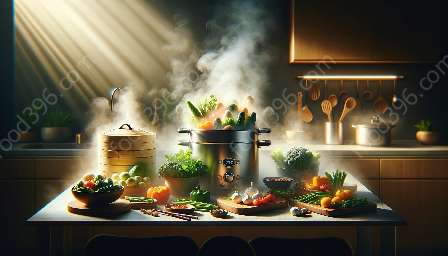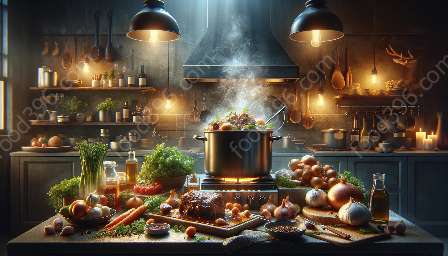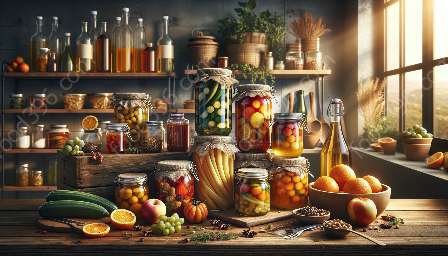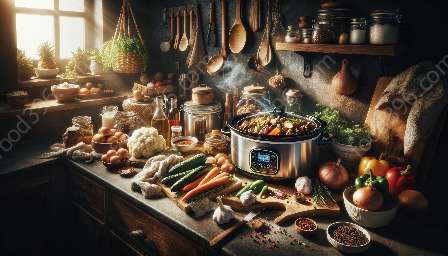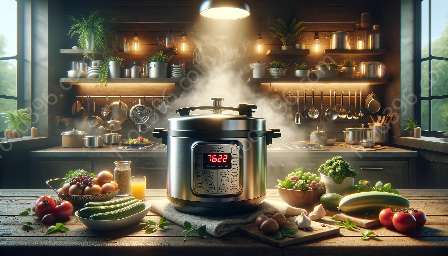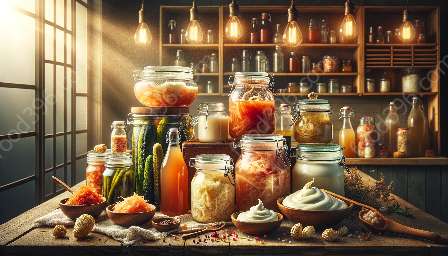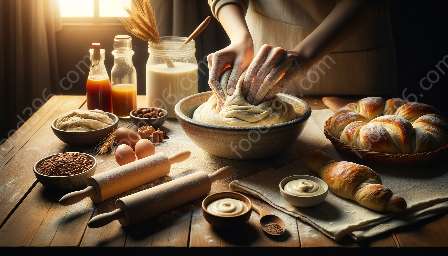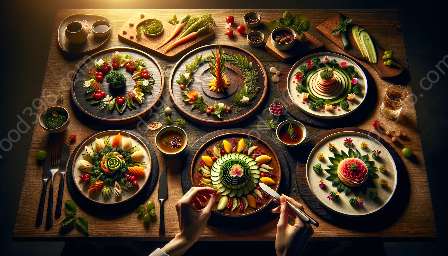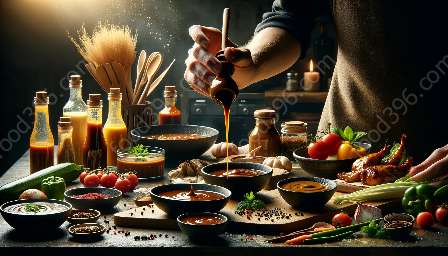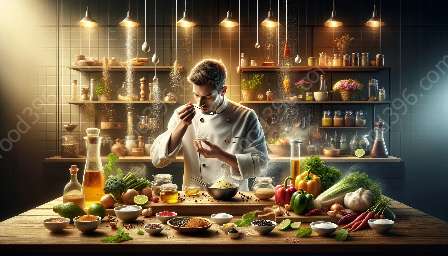Slow Cooking: A True Culinary Art
Slow cooking is a cooking method that has been around for centuries, and it's making a comeback in the modern culinary world. This technique involves cooking food at low temperatures for an extended period, allowing the flavors to develop and resulting in tender, flavorful dishes.
Slow cooking is compatible with various food preparation techniques, as it offers a convenient way to prepare delicious meals with minimal effort. Moreover, it holds a special place in the world of food & drink, as it has the power to transform simple ingredients into extraordinary culinary creations.
Benefits of Slow Cooking
One of the primary benefits of slow cooking is the convenience it provides. By allowing food to cook slowly over several hours, you can go about your day without the need to constantly monitor your meal. This is particularly advantageous for those with busy lifestyles, as it allows for a hands-off approach to cooking while still enjoying a delicious homemade meal.
Another key benefit is the enhanced flavor that slow cooking imparts to dishes. The low, gentle heat helps to break down tough cuts of meat and infuse them with savory flavors, resulting in succulent and tender textures.
Furthermore, slow cooking is a budget-friendly cooking method. It allows the use of less expensive cuts of meat, which, when slow-cooked, become tender and juicy, providing a cost-effective way to enjoy high-quality meals.
Slow cooking also has health benefits. It requires little added fat, and the long cooking times allow flavors to meld without the need for excessive salt or seasonings, promoting healthier eating habits.
Tips for Successful Slow Cooking
For those new to slow cooking, certain tips can help ensure successful and delicious results. First, understanding your slow cooker is essential. Different models have varying heat and cooking times, so take the time to familiarize yourself with your specific appliance.
It's also important to layer ingredients appropriately in the slow cooker, with denser vegetables and meats at the bottom and more delicate items, like herbs and spices, at the top to prevent overcooking.
Using the right amount of liquid is critical for slow cooking success. Too much liquid can result in a watery final dish, while too little can lead to uneven cooking and dried-out food. Understanding the liquid requirements for different recipes is key to achieving the desired consistency and flavor.
Patience is a virtue when it comes to slow cooking. While it may be tempting to peek inside the slow cooker, lifting the lid allows valuable heat to escape and can significantly lengthen the cooking time. Trust the process and resist the temptation to constantly check on your meal.
Amazing Slow Cooking Recipes
Slow cooking opens up a world of possibilities when it comes to creating hearty and flavorful dishes. From tender pot roasts and stews to delectable soups and casseroles, the options are endless. Here are a few amazing slow cooking recipes to tantalize your taste buds:
- Classic Beef Stew: Sublimely tender pieces of beef, hearty vegetables, and aromatic herbs come together in a rich, flavorful broth.
- Chicken and Wild Rice Soup: A comforting and wholesome soup featuring succulent chicken, earthy wild rice, and a variety of vegetables in a creamy broth.
- Pulled Pork Tacos: Tender, slow-cooked pork shoulder seasoned with spices, served in warm tortillas with fresh toppings for a satisfying meal.
- Vegetarian Chili: A flavorful and nutritious chili made with an assortment of beans, vegetables, and spices, slow-cooked to perfection.
- Apple Cinnamon Oatmeal: A delightful breakfast option with steel-cut oats, sweet apples, and warm cinnamon, ready to enjoy upon waking.
Embracing the art of slow cooking introduces a new dimension to your culinary endeavors. Start your slow cooking journey and experience the convenience, flavors, and wholesome meals it has to offer!





